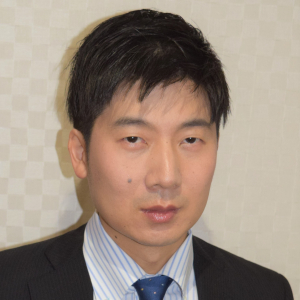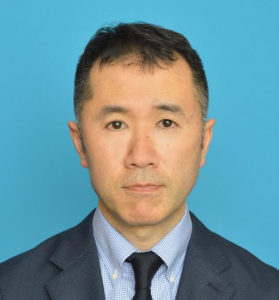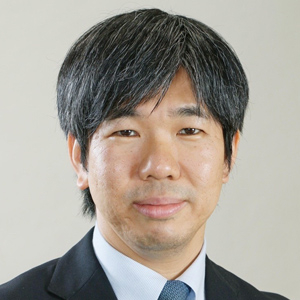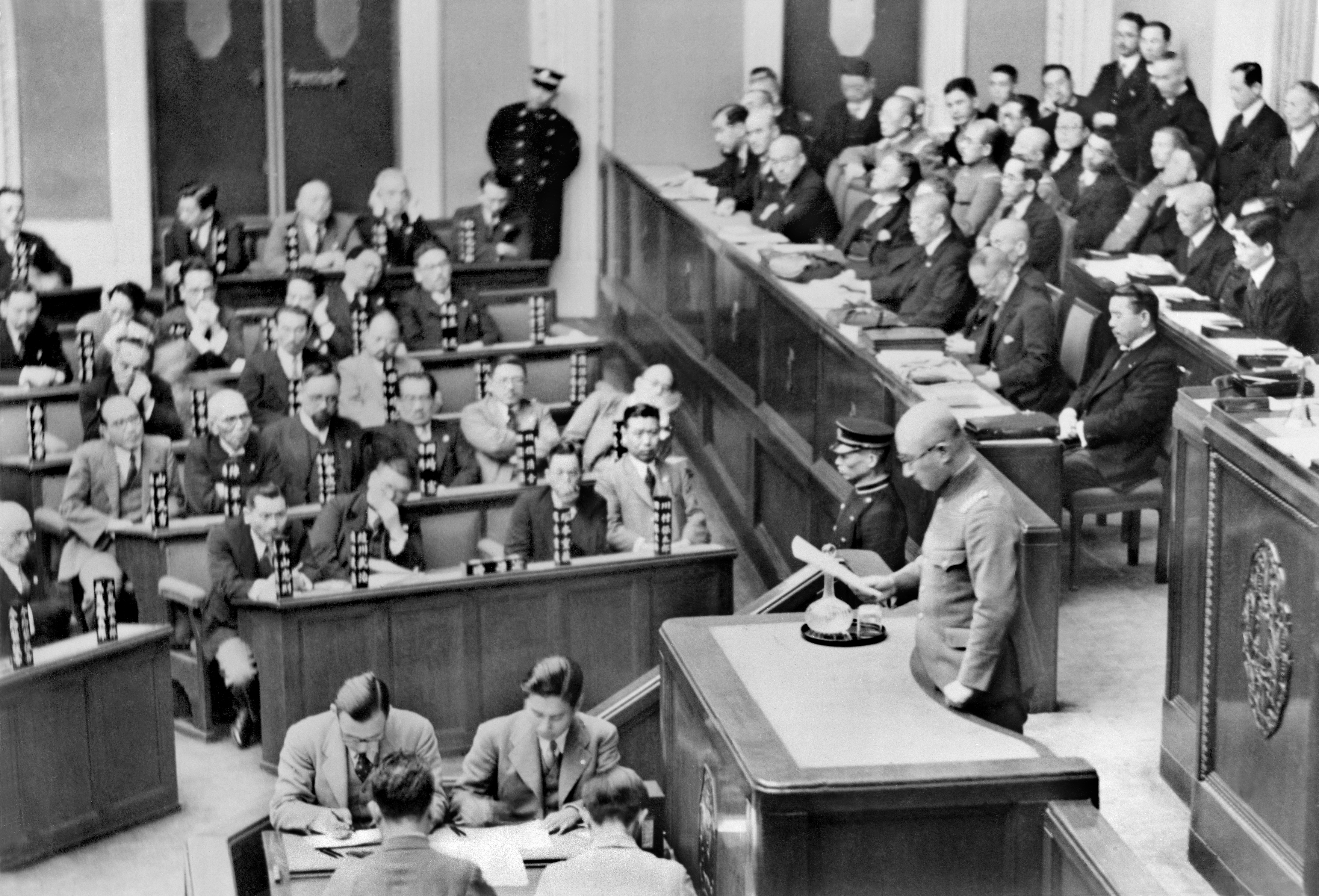- Article
- Political and Diplomatic History
Japan Since the Meiji Restoration (5): Panel Discussion
September 25, 2018
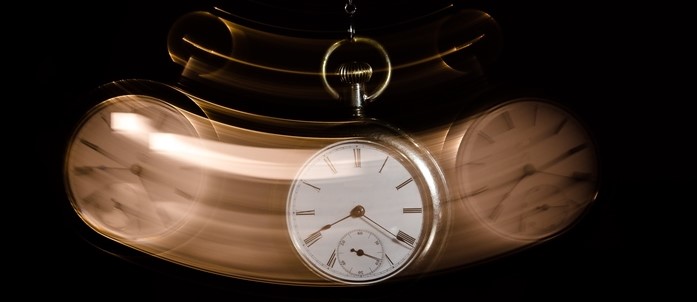
The articles in this series were compiled from contributions by members of the Political and Diplomatic Review project to the January 30, 2018, forum on “Japan since the Meiji Restoration,” held to reassess the 150 years since the start of Japan’s modernization. The following is an abridged transcript of the panel discussion following the presentations.
* * *
YUICHI HOSOYA: I’d like to kick off the discussion with a couple of basic questions.
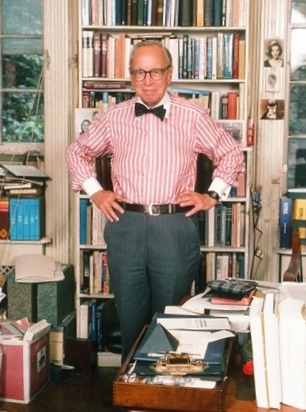
A recently published work, The Age of Anniversaries , analyzes the “cult of commemoration” that peaked in the West between 1895 and 1925. [*] Editor and contributor T.G. Otte argues that one of the main purposes of observing centennials during this time was to “mobilize the masses” by building certain historical memories and associations. So one question is this: In establishing an office devoted to the Meiji sesquicentennial inside the Cabinet Secretariat, the Japanese government might have had a similar motive, something comparable to that of the British government about a hundred years ago.
On the other hand, parts of Professor Iokibe’s presentation called to mind the cyclical approach of historians like Arnold Toynbee and Arthur Schlesinger. Toynbee described the trajectory of human history in terms of upward and downward spirals. Schlesinger, in his 1986 work the Cycles of American History , analyzed shifts in the US political climate in terms of a pendulum swinging between isolationism and interventionism. Is it possible to apply either of these cyclic concepts to the past 150 years? For example, can we identify two extremes between which Japan tends to swing?
Limits of Cyclical Theory
KAORU IOKIBE: History can appear to follow a cyclic pattern or not, depending on how you look at it. I think the important thing is to demonstrate the mechanisms and dynamics that cause the wheel to turn as it does and not worry too much about whether it completes a full cycle each time. My main point in the presentation was that, after a period of 150 years, it’s possible to analyze and compare past events with a certain amount of objectivity and engage in some sweeping discussions of those mechanisms and dynamics.
I would generalize, for example, that Japan’s membership in basic international treaties coincides with periods of international cooperation, while its exit from such treaties usually heralds a period of hardline nationalism. As I see it, the terms of the treaties caused frustration to mount within Japan, and that frustration sometimes drove Japan to abandon the treaty. Then, once the treaty was no longer in force, Japan found it all the more difficult to restrain its hardline elements. I think we need to think about the underlying dynamics: how popular frustration can sabotage attempts at partial renegotiation, how media coverage can work to exacerbate or dissipate such frustration, and so forth.
The same sort of dynamic pertains today, but the situation differs in fundamental respects. Japan’s earlier decisions to abandon basic treaties were acts of self-destructive rebellion against an international order that was fundamentally beneficial to Japan in that it promoted free trade. The problem lay in our leaders’ failure to work the system to Japan’s advantage. For Japan, the result was a massive reversal of fortune, but the international order survived, so Japan was ultimately able to recover from its reversal and pull itself back up from the very bottom of that order to prosper again.
Today, however, the basic threat facing Japan is China, which can’t be relied on to honor the kind of international order that has allowed Japan to prosper to date. So, if pressure from China leads to a collapse of the current basic-treaty system, there’s no guarantee that we will be able to recover.
In the past, ruptures were largely driven by internal political forces. Henceforth we’ll be facing increasingly strong external pressures. I’m very concerned that the synergy between external and internal forces could precipitate another collapse. At the very least, we should give priority to developing a fuller understanding of the internal mechanisms so that we can prevent a repeat of an earlier cycle.
East Asia or Asia-Pacific?
HOSOYA: The frustration factor that you mentioned is very interesting. Your presentation focused on major treaties, but I think we can see the same principle at work in some of the lesser pacts, such as the 1965 Treaty on Basic Relations between Japan and the Republic of Korea or the 1978 Treaty of Peace and Friendship between Japan and China. Popular frustration over the terms of these pacts has built up and is complicating relations between Japan and our two closest neighbors. If things unfold as they did in the past, then more serious problems could emerge farther down the line.
TAIZO MIYAGI: The idea of historical cycles has undeniable appeal, but I agree with Professor Iokibe that we should avoid searching too hard for exact parallels. I think it’s better to think in terms of patterns and currents.

With this in mind, let me add a few observations regarding the impact of the international environment on Japanese politics. We live in a time when regional tensions are on the rise, and at such times there’s a tendency to think purely in terms of the need for a strong, stable domestic power structure capable of dealing with military threats. But change could move in other directions. For example, supposing the North Korean state were to collapse. Who’s going to look after all the people there? Or supposing Japan and North Korea established diplomatic relations. In that case Japan is essentially committed to providing North Korea with economic aid commensurate with that granted to South Korea under the terms of the Japan-ROK Basic Treaty. Then again, if Japan remains implacably hostile toward North Korea, it could end up excluded from any decision-making role in the new regional order while still being forced to shoulder a large share of the economic burden. There are any number of scenarios that would place very different demands on our political leaders.
With regard to my other topic, Japan’s relationship to the rest of Asia, I might add that Japan is facing a fundamental choice between two competing conceptual frameworks. One is East Asia in the broad sense, encompassing Southeast Asia, as typified by ASEAN plus Three [the member states of the Association of Southeast Asian Nations plus China, Japan, and South Korea]. The other is the Asia-Pacific region, as represented by the APEC [Asia Pacific Economic Cooperation] forum and the Trans-Pacific Partnership. When the cabinet of Prime Minister Yukio Hatoyama [September 2009-June 2010] called for the creation of an “East Asian community,” it set off a storm of controversy, since it was unclear what sort of role the United States would play in such a framework. The cabinet of Prime Minister Naoto Kan [June 2010-September 2011] began steering Japan back toward a US-centered policy by putting membership in the TPP on the agenda, and the succeeding administration of Prime Minister Yoshihiko Noda [September 2011-December 2012] went further and strengthened the Japan-US alliance by defining the bilateral security treaty and the TPP as the cornerstones of Japan’s regional policy. Since 2012, the cabinet of Shinzo Abe has basically continued along the course set by the Noda cabinet.
But we need to keep in mind that the United States promoted the TPP initiative as a means of blocking China’s bid for regional leadership. To approach regional economic integration purely from this standpoint and exclude the massive Chinese market makes little sense to me.
In any case, Japan is being pulled between these two competing concepts of East Asia and the Asia-Pacific, and the orientation it ultimately chooses could have profound repercussions for our national identity.
Avoiding Traps of Our Own Making
HOSOYA: How would you respond to Professor Iokibe’s warnings regarding the threat from China? How should Japan engage with the country going forward?
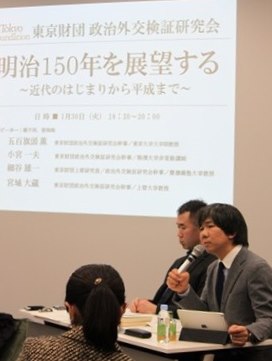
MIYAGI: Our tensions with China today are inseparable from ongoing changes in Japan’s regional statusーthe fact that we no longer enjoy undisputed preeminence in the region. My general feeling is that Japan has to be careful not to paint itself into a corner.
As an example, I think Japanese attitudes toward China would be quite different today if certain forces had refrained from politicizing the Senkaku dispute and visits to Yasukuni Shrine. Unfortunately, once you’ve ignited an inflammatory issue like that, it’s hard to put the genie back in the bottle. The current row over the Senkakus all began with a gratuitous scheme by Tokyo Governor Shintaro Ishihara to purchase the islands. Now there’s no way for either side to back down. That’s the kind of trap our political leaders need to avoid.
As I see it, one of the key challenges facing Japan going forward is to distinguish genuine Chinese threats from imagined ones. For example, when China established the Asia Infrastructure Investment Bank, Finance Minister Taro Aso made a great point of expressing his opposition, insisting that the Asian Development Bank play the leading role in the region’s infrastructure development. But the ADB isn’t a Japanese institution, and the fact is that the ADB and AIIB are now providing local financing on a coordinated basis. It would be a different matter if the AIIB were financing military installations, for example, but industrial infrastructure is something we can all make use of. If we start labeling everything China does as a threat, we’re not going to get much sympathy from other countries.
Mature leadership is going to be needed to manage public sentiment and avoid traps of this nature. This is a challenge for the entire country, including the media, not just our politicians.
International Change and Internal Dynamics
KAZUO KOMIYA: I’d also like to add a few historical observations regarding the international environment and domestic party politics in prewar and postwar Japan.
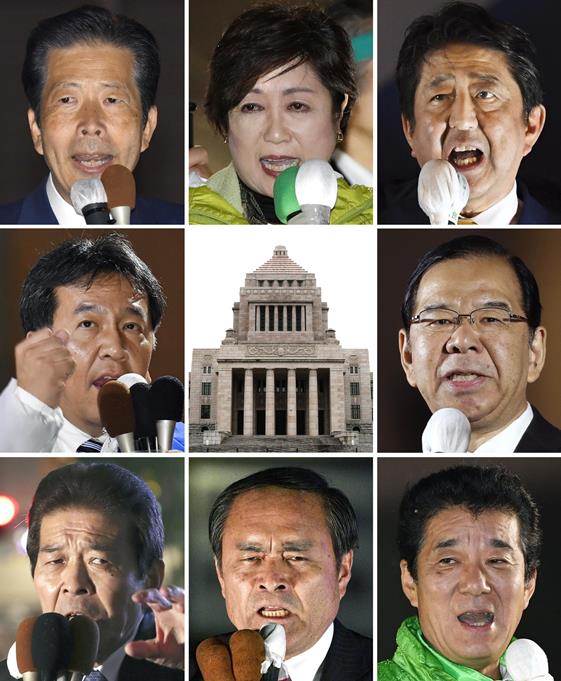
In 1905, Japan secured economic concessions in northeastern China as a result of its victory in the Russo-Japanese War. When the Xinhai Revolution overthrew the last imperial dynasty in 1911, it triggered a surge in hardline sentiment toward China in Japan, and hardliners were prominent among the opposition forces that merged to form the Rikken Doshikai, later to become the Kenseikai and then the Minseito. On the other side were politicians like Toru Hoshi and Takashi Hara of the Jiyuto and Seiyukai, who conducted diplomacy behind a veil of secrecy, while the rank and file blindly accepted their decisions as party policy, believing their best strategy was to focus on local development issues. The media and the opposition attacked this approach as unconducive to the growth of political leadership and deleterious to the national spirit.
During the period of party cabinets [1924-32], party politics played a major role in fostering Japan’s overreaction to China’s “revolutionary diplomacy” and other manifestations of Chinese nationalism. When the Seiyukai was in the opposition, it relentlessly attacked the ruling party as being weak-kneed on foreign policy. Consequently, when it came to power, it had no choice but to pursue a hardline policy.
In the postwar period, the clearest example of domestic politics as a reflection of international conditions was the “1955 system.” The unification of the Japan Socialist Party in 1955 spurred the merger of the conservative Liberal and Democratic parties into the Liberal Democratic Party. From that point on, party politics took on a static configuration centered on the ruling LDP, representing the “conservative” camp, and the opposition JSP, representing the left-wing “progressive” forces. As Professor Miyagi points out, this configuration persisted owing to the seriousness of the Cold War conflict in international politics.
In the 1990s, after the end of the Cold War, Japan’s internal focus shifted to political reform. In 1993, after losing an internal power struggle within the Takeshita faction of the LDP, Ichiro Ozawa and his supporters bolted the party in the name of reform, triggering an upheaval in Japanese politics. That year LDP lost its lower house majority, and Ozawa’s Japan Renewal Party joined with Morihiro Hosokawa’s Japan New Party and six other groupsーvirtually all the non-LDP forces except the Japanese Communist Partyーto launch a broad coalition under Hosokawa’s leadership. This was supposed to herald the end of the 1955 system.
But the LDP was able to return to power within a year by forging a coalition with the JSP and New Party Sakigake, which were at loggerheads with Ozawa. The remaining opposition forces formed the New Frontier Party. It seems to me that they would have done well at this point to unite around a platform calling for active involvement in international peacekeeping operations on the one hand and free-market deregulatory reforms on the other and present itself as a realistic alternative to the ruling coalition. But the NFP fell apart in a surprisingly short time. Since then, voters have found it increasingly difficult to grasp where each party stands on domestic and foreign policy.
So, in retrospect, it seems to me that the extent to which the domestic political scene shifts to reflect changes in the international environment depends a great deal on our political leaders’ own sense of urgency.
Obstacles to a Mature Two-Party System
HOSOYA: Both of your narratives highlight the role of political gamesmanship by politicians on all sides. I’m wondering if we can draw any meaningful comparison between prewar and postwar politics with respect to the challenge of fostering a healthy two-party system.
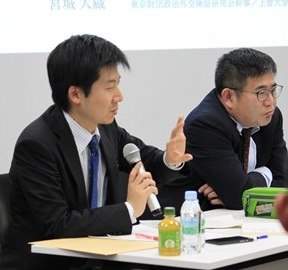
IOKIBE: An entrenched opposition force faces high hurdles to maturation, since it has so few opportunities to show what it could do for the nation and has obvious disadvantages when it comes to winning voter support. Japan’s opposition parties have often resorted to mergers with other parties to maintain or increase their strength, especially in the face of electoral setbacks. But they always seemed to avoid growing beyond a certain point, as if there were an unwritten law against obtaining a majority.
The father of Japanese opposition parties was the Rikken Kaishinto, founded by Shigenobu Okuma in 1882. It strove to remain faithful to its basic anti-establishment principles of its founder even while merging with other opposition forces. In 1896, it absorbed several smaller groups to form the Shinpoto [Progressive Party], but such expansion was largely offset by the seats it lost as a result of its extreme hostility toward the second cabinet of Hirobumi Ito [1892-96]. In 1910, the party merged with a number of opposition groups and became the Rikken Kokuminto, in a victory for Tsuyoshi Inukai’s policy of homogenization. In 1913, Prime Minister Taro Katsura established the Rikken Doshikai, which absorbed about half of the Kokuminto’s members in the lower house. However, this early influx of Kokuminto politicians alienated some other parties, making it difficult to widen the alliance much further. The Doshikai managed to secure a lower house majority in 1915, but when the Okuma cabinet fell in 1916, it faced the prospect of election losses. That was when it merged with other groups to form the Kenseikai. Similarly, when the Kenseito fell from power and was facing a tough election in 1927, it merged with some minor parties to form the Rikken Minseito.
The postwar 1955 setup was much more lucid and stable owing to the clear-cut ideological battle lines between the LDP and the JSP. However, in the post-Cold War era, the situation again became fluid. Forming an opposition party in this environment is easy, but maintaining unity and momentum is another matter. Ichiro Ozawa, who helped spearhead the political reforms of the 1990s, became notorious for orchestrating big mergers and then breaking them up to advance his own agenda. The clearest example was his decision to dissolve the opposition New Frontier Party in 1997 in order to found the Liberal Party, a smaller grouping more closely united around his own policies. Ozawa tended to operate in the opposite direction from Okuma’s opposition forces, starting out with big-tent alliances and then breaking them up. But the result was the same: the party remained small enough for the leader to retain full control.
I see shades of the prewar opposition dynamic in the decision by the Democratic Party to dissolve and merge with the Party of Hope for the 2017 general election, as well as in the decision by Tokyo Governor Yuriko Koike, leader of the Party of Hope, not to admit Democratic members who didn’t pass her litmus test on basic issues of security and the Constitution. Those were both very unpopular decisions, and it seems to me that that public reaction could point to some fundamental differences between the prewar and postwar political climate, depending, of course, on how one interprets it.
In any case, viewing such political developments within the broad arc of the past 150 years yields a host of new insights.
HOSOYA : Thank you all very much.
[*] Thomas G. Otte, ed., The Age of Anniversaries: The Cult of Commemoration, 1895-1925 , Routledge, 2018.
